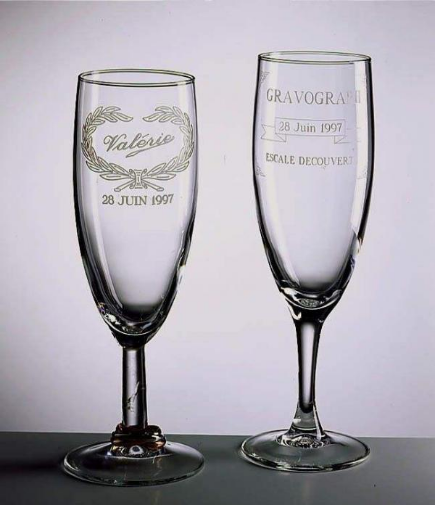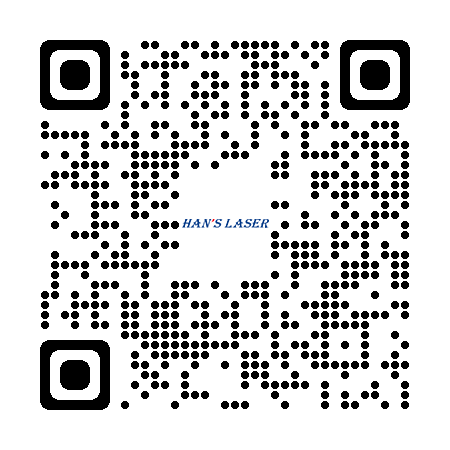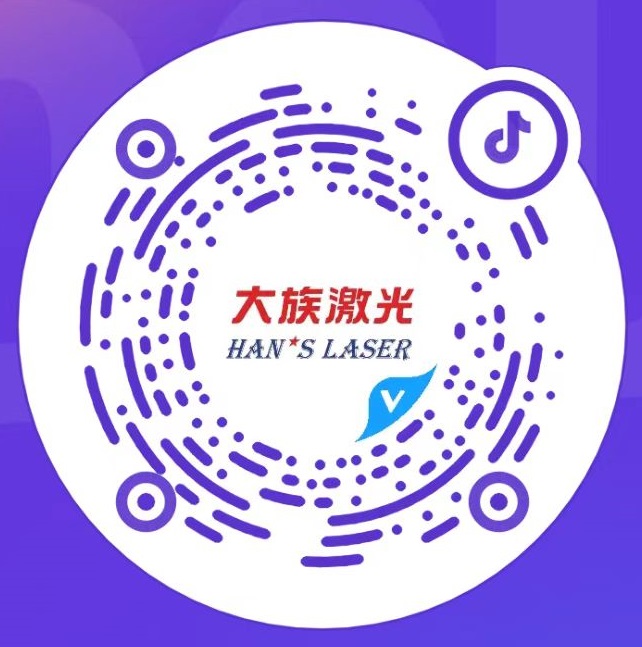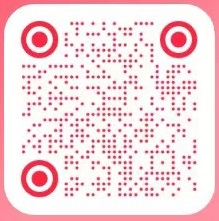The increasing use of ultraviolet lasers in the processing of brittle materials
Laser processing technology involves the physical interaction between the high energy of laser and materials, which vaporizes, ablates, and modifies the materials to achieve material processing effects. Nowadays, laser processing has rapidly entered various industries and is still mainly focused on metal material processing, accounting for over 80% of the entire laser processing application. Due to the hard nature of metals such as iron, copper, aluminum, and corresponding alloys, which have a good interaction effect with lasers, they are easily suitable for laser processing. For some ordinary metal laser cutting and welding applications, it may only be necessary to understand the corresponding optical power, and the research requirements for processing are not very strict.
But in fact, a lot of non-metallic materials are used in daily life and high-end manufacturing fields, such as soft materials, thermoplastic materials, thermosensitive materials, ceramic materials, semiconductor materials, and brittle materials such as glass. If these materials are to be processed by laser, the requirements for beam properties, ablation degree, and material damage control are very strict, and often require ultra fine processing, even at the micro/nano level. It is often difficult to achieve results using common infrared lasers, and ultraviolet lasers are a very suitable choice.

UV laser technology has diverse applications
Ultraviolet laser refers to the output beam of light located in the ultraviolet spectrum, which is invisible to the naked eye. Currently, there are two common industrial ultraviolet lasers: solid-state crystal ultraviolet laser and gas ultraviolet laser. Third harmonic generation of infrared solid-state lasers can yield ultraviolet laser output, with a wavelength of 355nm. Currently, the pulse width has successfully developed from nanoseconds to picoseconds. The common gas ultraviolet laser is excimer laser, which can be mainly used in ophthalmic surgery, chip lithography production, and so on. In recent years, fiber lasers have gradually developed products in the ultraviolet band, with picosecond ultraviolet fiber lasers being the most representative.
Due to the significant heat loss and high cost in frequency doubling conversion of ultraviolet lasers, it is still difficult to achieve higher power at present. UV laser is often considered a cold light, so UV laser processing is also known as cold processing, which is very suitable for processing plastic and brittle materials.
Common brittle material processing using ultraviolet laser
Glass is a widely used material in daily life. From water glasses, wine glasses, containers to glass accessories, making patterns on glass is often a difficult problem. Traditional processing often causes high glass damage rates. UV laser is very suitable for marking and pattern making on the surface of glass, and can achieve ultra fine production. UV laser marking compensates for various shortcomings such as low processing accuracy, difficulty in drawing, damage to workpieces, and environmental pollution in the past. With its unique processing advantages, it has become a new favorite in glass product processing and has been listed as an essential processing tool in various industries such as wine glasses and craft gifts.
But in fact, a lot of non-metallic materials are used in daily life and high-end manufacturing fields, such as soft materials, thermoplastic materials, thermosensitive materials, ceramic materials, semiconductor materials, and brittle materials such as glass. If these materials are to be processed by laser, the requirements for beam properties, ablation degree, and material damage control are very strict, and often require ultra fine processing, even at the micro/nano level. It is often difficult to achieve results using common infrared lasers, and ultraviolet lasers are a very suitable choice.

UV laser technology has diverse applications
Ultraviolet laser refers to the output beam of light located in the ultraviolet spectrum, which is invisible to the naked eye. Currently, there are two common industrial ultraviolet lasers: solid-state crystal ultraviolet laser and gas ultraviolet laser. Third harmonic generation of infrared solid-state lasers can yield ultraviolet laser output, with a wavelength of 355nm. Currently, the pulse width has successfully developed from nanoseconds to picoseconds. The common gas ultraviolet laser is excimer laser, which can be mainly used in ophthalmic surgery, chip lithography production, and so on. In recent years, fiber lasers have gradually developed products in the ultraviolet band, with picosecond ultraviolet fiber lasers being the most representative.
Due to the significant heat loss and high cost in frequency doubling conversion of ultraviolet lasers, it is still difficult to achieve higher power at present. UV laser is often considered a cold light, so UV laser processing is also known as cold processing, which is very suitable for processing plastic and brittle materials.
Common brittle material processing using ultraviolet laser
Glass is a widely used material in daily life. From water glasses, wine glasses, containers to glass accessories, making patterns on glass is often a difficult problem. Traditional processing often causes high glass damage rates. UV laser is very suitable for marking and pattern making on the surface of glass, and can achieve ultra fine production. UV laser marking compensates for various shortcomings such as low processing accuracy, difficulty in drawing, damage to workpieces, and environmental pollution in the past. With its unique processing advantages, it has become a new favorite in glass product processing and has been listed as an essential processing tool in various industries such as wine glasses and craft gifts.








